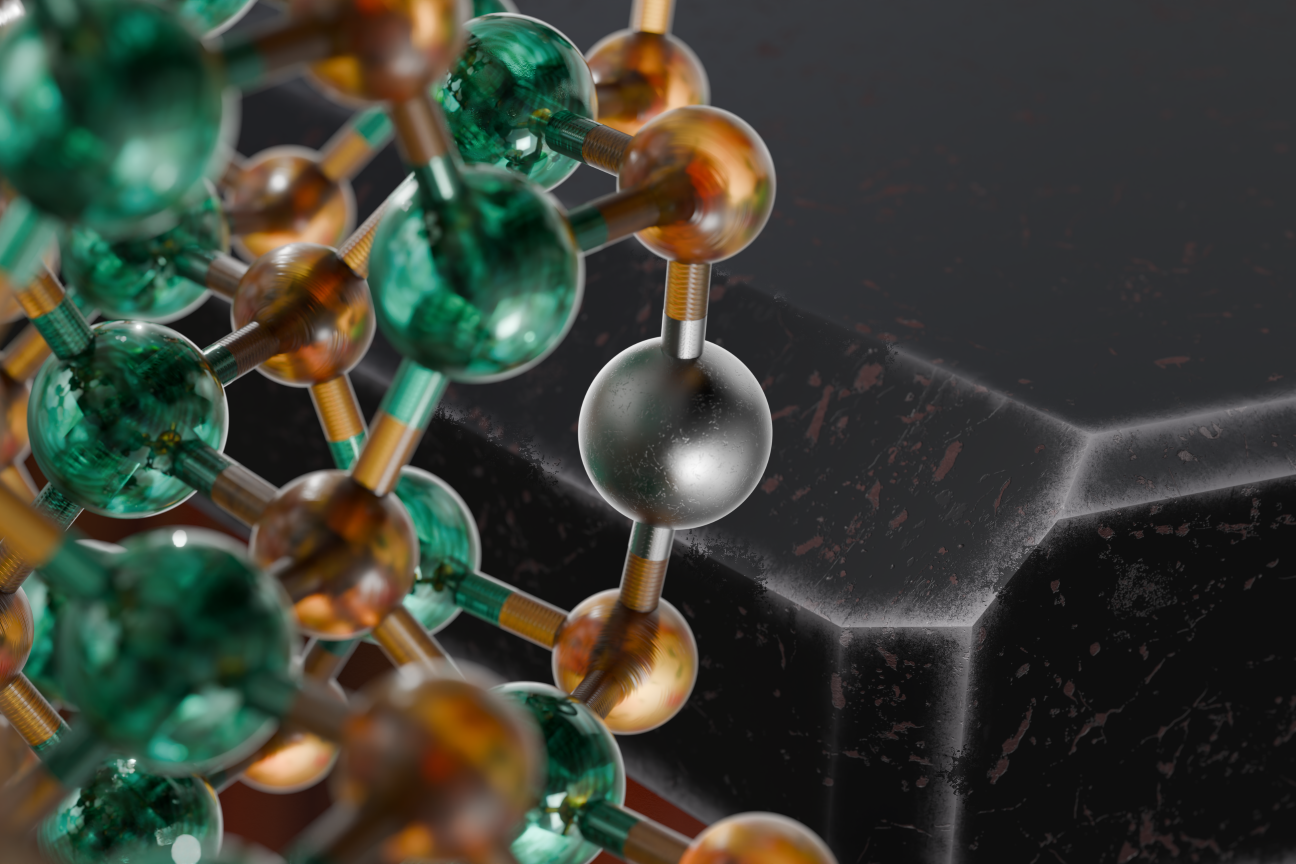Cadmium selenide nanoplatelets provide a promising foundation for the development of innovative electronic materials. Since the turn of the millennium, researchers around the world have taken a particular interest in these tiny platelets, which are only a few atoms thick, as they offer extraordinary optical and other properties. A team from the Helmholtz-Zentrum Dresden-Rossendorf (HZDR), TU Dresden, and the Leibniz Institute for Solid State and Materials Research Dresden (IFW) has taken an important step towards the systematic production of such nanoplatelets. The researchers were able to gain fundamental insights into the interaction between structure and function, as they report in the journal Small.
Publication: V. Shamraienko, R. Friedrich, S. Subakti, A. Lubk, A. V. Krasheninnikov, A. Eychmüller, Weak Spots in Semiconductor Nanoplatelets: From Isolated Defects Toward Directed Nanoscale Assemblies, in Small, 2024 (DOI: 10.1002/smll.202411112).







